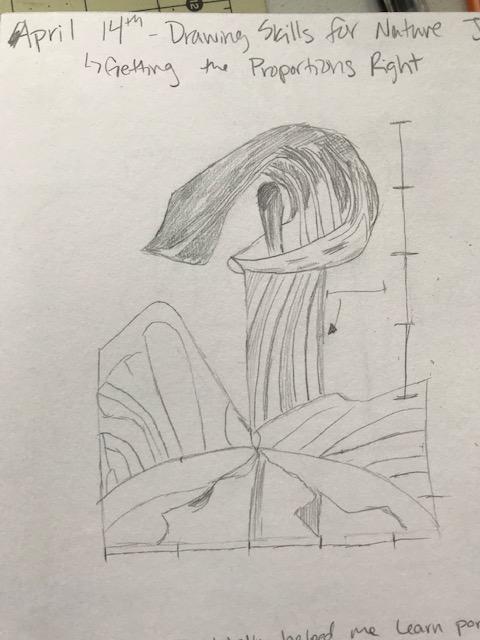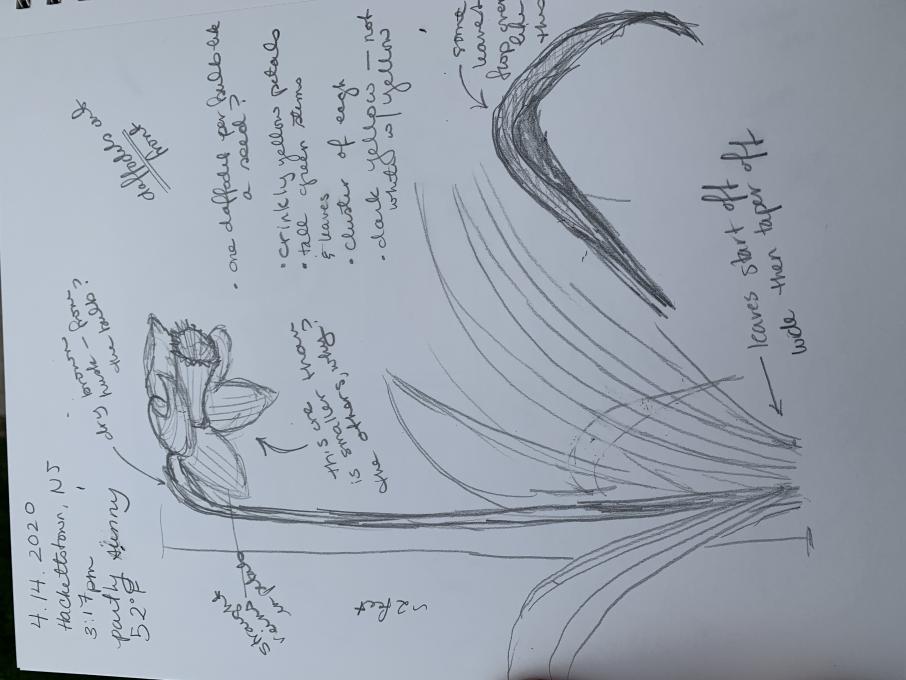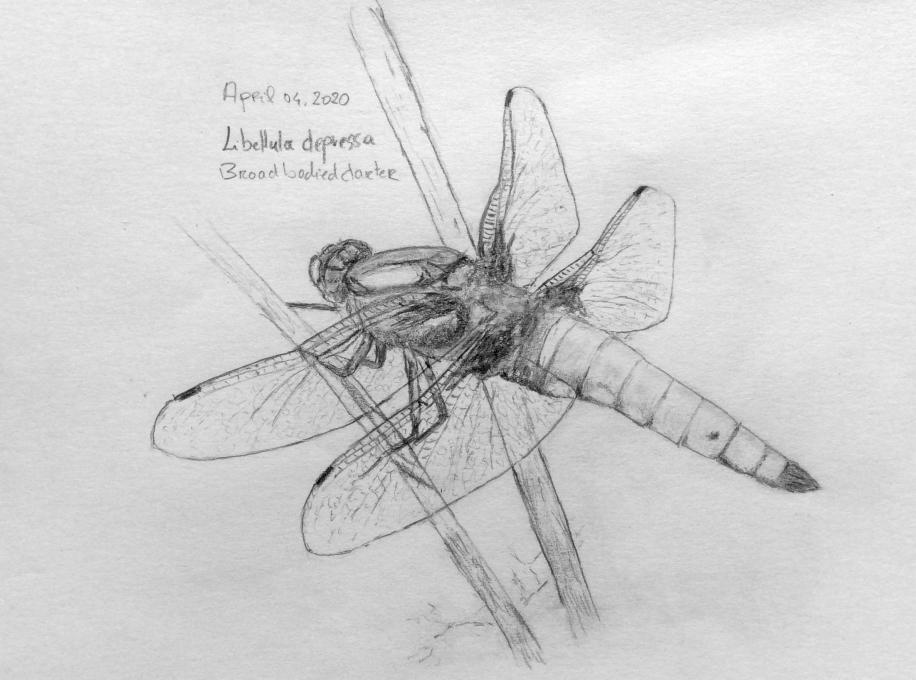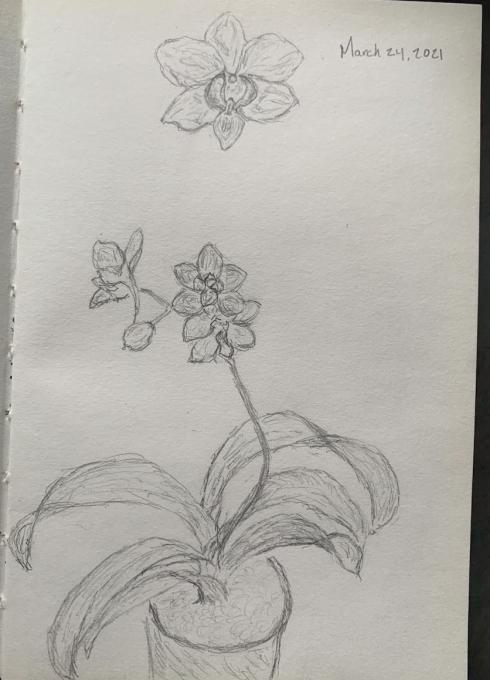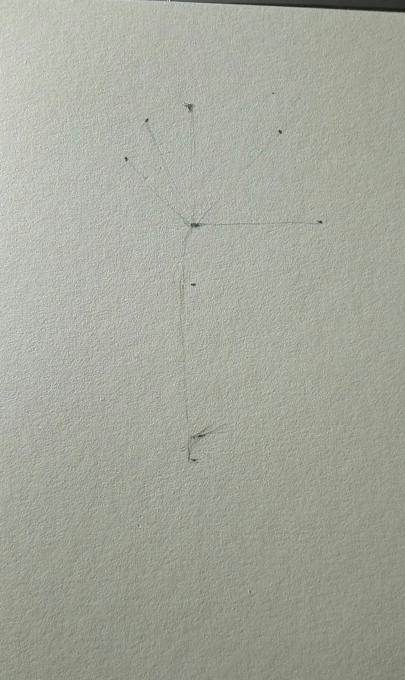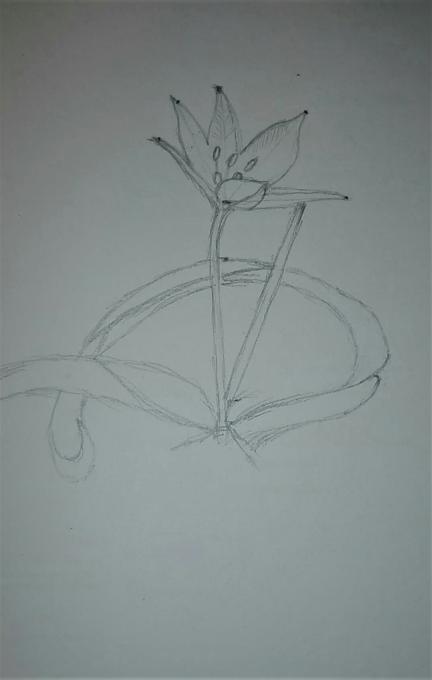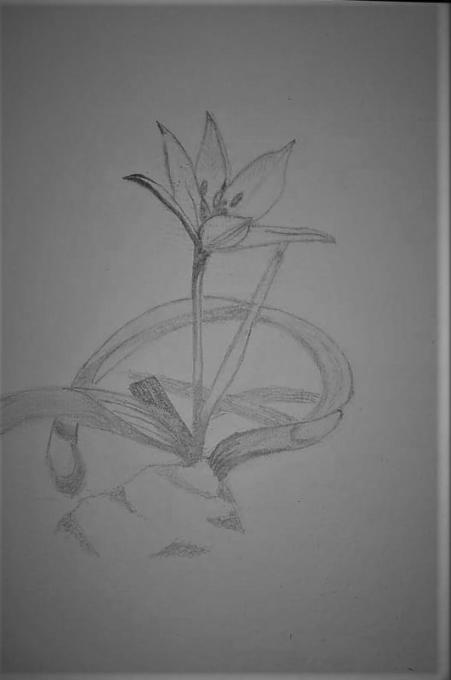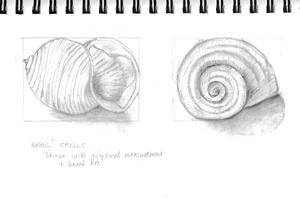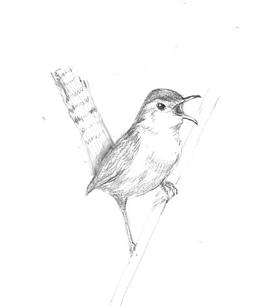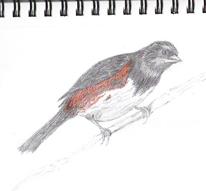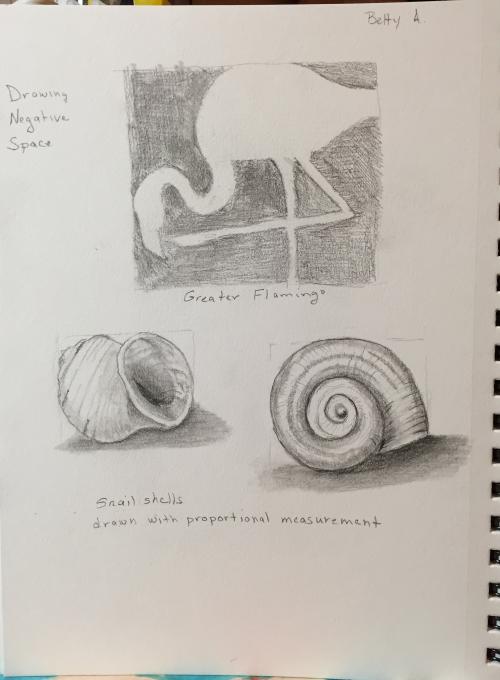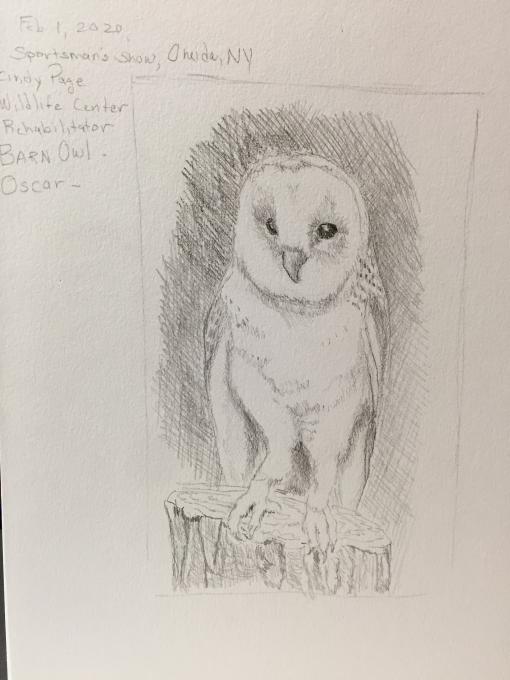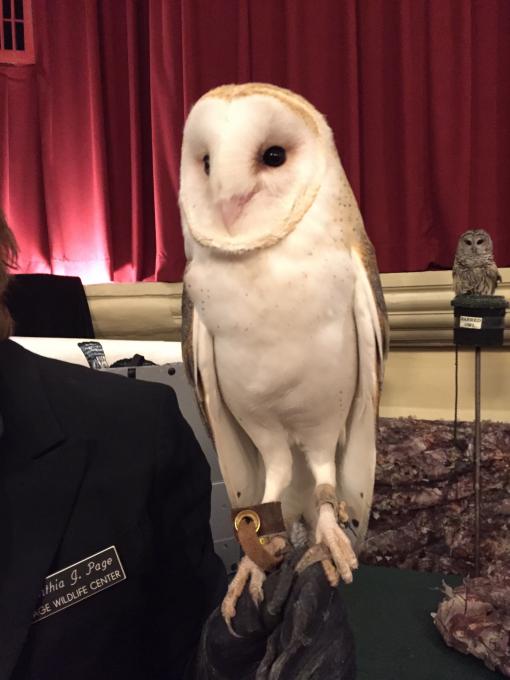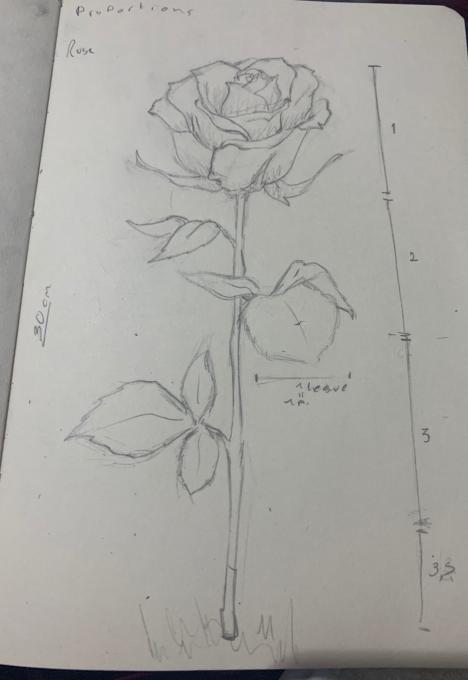The Cornell Lab Bird Academy › Discussion Groups › Nature Journaling and Field Sketching › Getting the Proportions Right
-
Did a sketch had time and finished it. Notes were added after to the photo. I need the practice

-
 i
i
i went to the Cornell Botanical Gardens after dinner, I had a long day at work so I decided I should have a relaxing night of sketching
and took my camera with me also so I could sketch more thoroughly in the near future from a photograph. I have noticed a few
things about the Globe Amaranth when I was sketching it that in my mind it was very delicate flower with so much detail , the flower
looked like it was alone by it's self which drew me to sketch it and being a soft color of purple. The Iris was in a different part of the gardens
and love them it was a beautiful purple with yellow; some are probably thinking my favorite color is Purple, not so but it's beautiful
you can guess if you want on my favorite color...... -

 I started drawing one and it was way off and I decided instead of getting frustrated I decided to draw a second one which came out better.
I started drawing one and it was way off and I decided instead of getting frustrated I decided to draw a second one which came out better.
I find that I am better at actually drawing positive space shapes than negative, but I am getting used to drawing negative space with practice-
👍🏼👍🏼👍🏼
-
-

Away from the birds, I measured the proportion of my camera and its tele-lens. I used a pencil (I prefer ink though). The technique as a technique is very useful. It is very helpful for still-life and a subject that isn't moving much - not for fast birds. With time and practice the sight is being trained to measure without this technique; I rarely use it because I'm not that patient :/
- I'm here to train myself , I'll give it a try with future drawing. - -
- I think that this technique was very useful to get better proportions.


-
Love these
-
@diana I like the way you included your proportions with your sketches.
- I think that this technique was very useful to get better proportions.
-
I started with something that I thought I would succeed at. In my backyard, on a hot day, I worked on drawing a pot on the end of a bench. The bench is very weathered, with many subtle colors and two patches of lichen. I tried. I am not happy with the way the shadow cast by the pot came out. I have not finished with this. This is not an ambitious attempt. The lines are simple. I thought beginning with a subject with easy-to-measure proportions would be best.

-


-
I absolutely love the aesthetic of this journal page! Beautiful lizard and the different writing styles are wonderful!
-
oh my! oh my! do you illustrate for a living?
-
-
 I definitely like using my writing utensil as a measuring tool while drawing to help with proportion & accuracy. I had forgotten about using that & negative space in finding the correct proportion & accuracy in my drawings. Also I have a 6 inch ruler too. Yes, I have found that proportion is easier on landscapes, animals that aren’t moving quickly, and a single animal (than a group of animals), & some simple plants. I have noticed that my proportion was badly off which was leading to not be accurate with my drawings. Big improvement.
I definitely like using my writing utensil as a measuring tool while drawing to help with proportion & accuracy. I had forgotten about using that & negative space in finding the correct proportion & accuracy in my drawings. Also I have a 6 inch ruler too. Yes, I have found that proportion is easier on landscapes, animals that aren’t moving quickly, and a single animal (than a group of animals), & some simple plants. I have noticed that my proportion was badly off which was leading to not be accurate with my drawings. Big improvement.
-
Hi, Colleen. Your little wren is perfect! Can just imagine how beautiful it will be when you add color. Yes, I agree. This measuring technique has helped me also. 👍🏻
-
@Leonora Thanks Leonora. I’m pretty pleased with that wren too. Not sure 🤔 how ready I will be to get some colors on it though. That’s where it really gets muddy. Looking forward to seeing how to add some colors to it.
By the way you lizard 🦎 looks really sharp and I am blown away by the drawings that you do.
-
-
Enjoyed this exercise, proportions for me is something I will need to keep practicing and reminding myself to check-
-

-

-
It is easier to draw a stable animals and to the measurements. This technique has enabled me to make a better capture of the subject and manage my inconsistency about drawing a body. I like what Lis has done with the pencil and I have tried to repeat the same with the animals. I found interesting to draw both the penguin and the owl. By watching Lisa's video, i have recalled the importance of negative space and I am planning to draw more flowers to get the habit of proportions.
-
It took a lot of fiddling to get the proportions right. I lost it at the bottom where the legs meet the perch. I find I need to pause quite often as I am working to remind myself to use the proportion tools.

-
great work! Sometimes I "cheat" and move the branch closer if I need to shorten the leg.
-
-

This drawing is of a pool in a stream, and there was a log laying in the stream close the near side. I was tempted to draw the log very close, with about a third of the visible river between me and the log. However using the proportion techniques, it was clear that in my frame, only about of a third of what I could see of the stream lay beyond the log, and two thirds on my side of the log. I think this observation helped me to capture the depth of the landscape a little more accurately. -
It was quite challenging to draw the negative space, because I kept wanting to draw the shape of the flamingo and had to check myself to return to the negative space. But on and all was an interesting exercise

-
I was not sure how this would go but sometimes forcing yourself to draw moving animals can result in a favorite sketch. I tried to capture the different poses of the vultures. I sat on a convient log and drew for 45 min. I also took photos. Later, I fixed hastily drawn sections. I tried to use measuring to get the proportions right. I looked at negative spaces. After a while, my hand/eye coordination improved. I colored my flamingo negative shape

 drawing to jazz it up.
drawing to jazz it up. -
Great tip! I knew my proportions was something I had to work on. I used it in this activity and feel like it really helped. I used a photograph so it was easy not to have a moving object. I tried it later on a squirrel and that guy moved way to fast!!

-
I think with more practice I will definitely be able to have better proportion in the field. It's a good guideline to make sure everything is more accurate and looks like a more professional drawing. Also, when the drawing is better I find it to be less distracting with reviewing the notes and information written down in the observation.

-
I challenged (and tortured!) myself with making a drawing of a picture of a Broad bellied darter I made last year. The complexity of its body with its very specific wing shapes and delicate maze pattern was overwhelming. In addition to getting the right proportions, finding the right mutual angles between the wings, the body and the reed was a particular challenge. Concentrating on negative spaces between those parts fortunately guided me through this minefield…

-
Wow, incredible dragonfly. You should torture yourself more often, ha ha.
-
That is fantastic! Great job.
-
💚
-
-
I think that this technique is really helping me get the right proportions depending on what I'm drawing. This technique is helping me capture my subjects more accurately. I think it is always good to have this trick in your sleeve because it can really help make your drawing much better. For me, it is easier to measure proportion on objects that are tall and thin because my wrist feels weird being sideways and it is a bit awkward trying to measure things from side to side with you pencil. Measuring slanted angles on the other hand is much more difficult for me, and I hope to improve.
-
I was not able to go outside but I have this orchard in bloom. Negative space was really helpful.

-
Unable to go outside mainly because weather conditions, I looked up to old pictures and did the task sugested. Proportions with this technique is quite accurate, and even if is not by the milimeter, gives realism to the drawing. I tried with different objects and for me all objects are good for it, although choosing where one takes the measure can help a lot. My flower is a "starish" shape but not in a frontal view and before all I took the proportions of the petals, stem and leaves. All the drawing went from there.



-
thanks for sharing your process.
-
-
I redid my marsh wren using proportion techniques and also did the snail shell drawing. then I drew a towhee based on a photo a friend took. I worked on proportion and had to draw it several times. Then i decided to add the rust color of the towhee and it looks a little strange when i scanned it. Anyway using my pencil or fingers for measuring proportion is great. I tried it when i walked in the park just to get an idea of size, and I'll try it an outside drawing next.



-
The negative space and proportional measurement practices are more difficult. I've used the arms length measurements before but wasn't sure what I was looking for when I did it. I used that process on drawing the barn owl from a photo I took last month at a Sportsman's Show we went to in the area. One of the locals is a birds of prey rehabilitator and she comes to many events near where I live and I was able to get some good shots of a barn owl as she walked with it near me. He was absolutely beautiful. The negative space practice was pretty easy for me, I enjoyed this lesson a lot, it was lots of fun.



-
Cool owl drawing, you really captured it!
-
@Avery Beautiful portrait of the owl!
-
-
Is very useful because help you to have another perspective of things. Yes. Yes because all is perspective.

-
Lovely rose, you really captured the bending petals well. Leaves are nice too.
-
Read More:
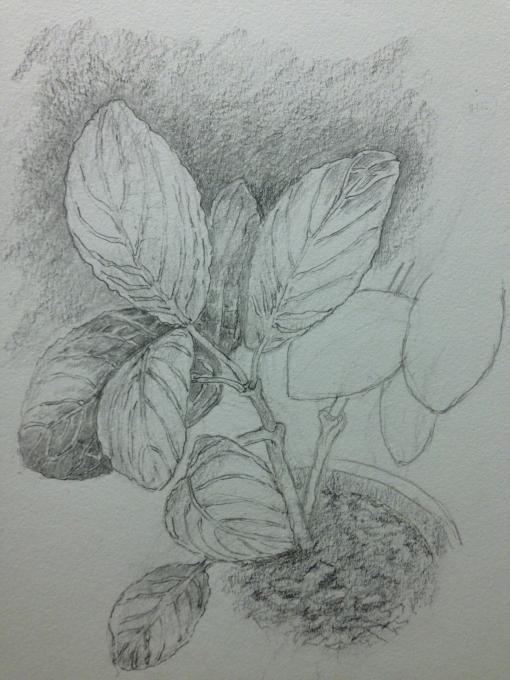
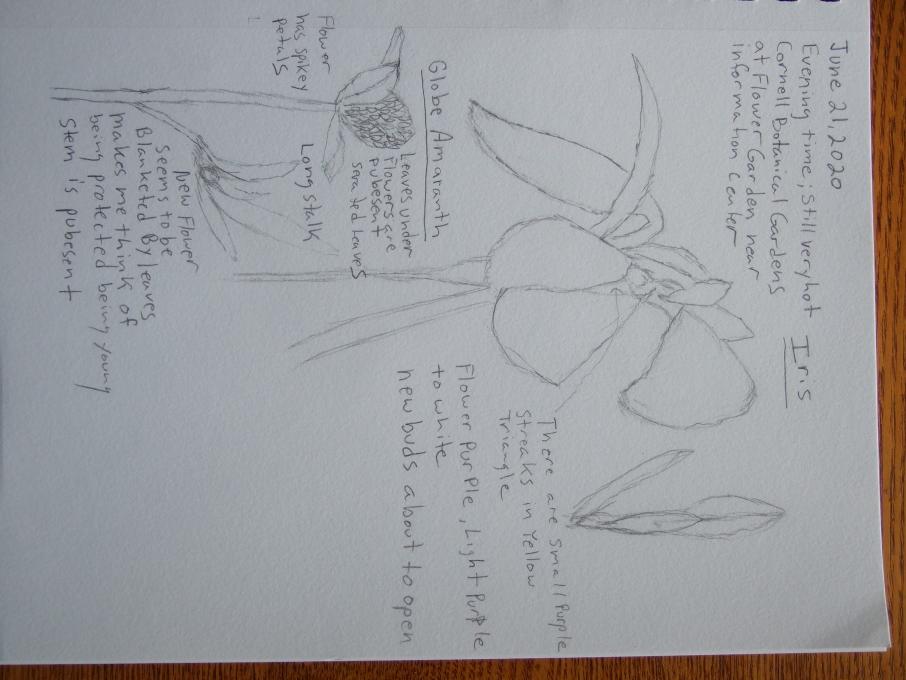 i
i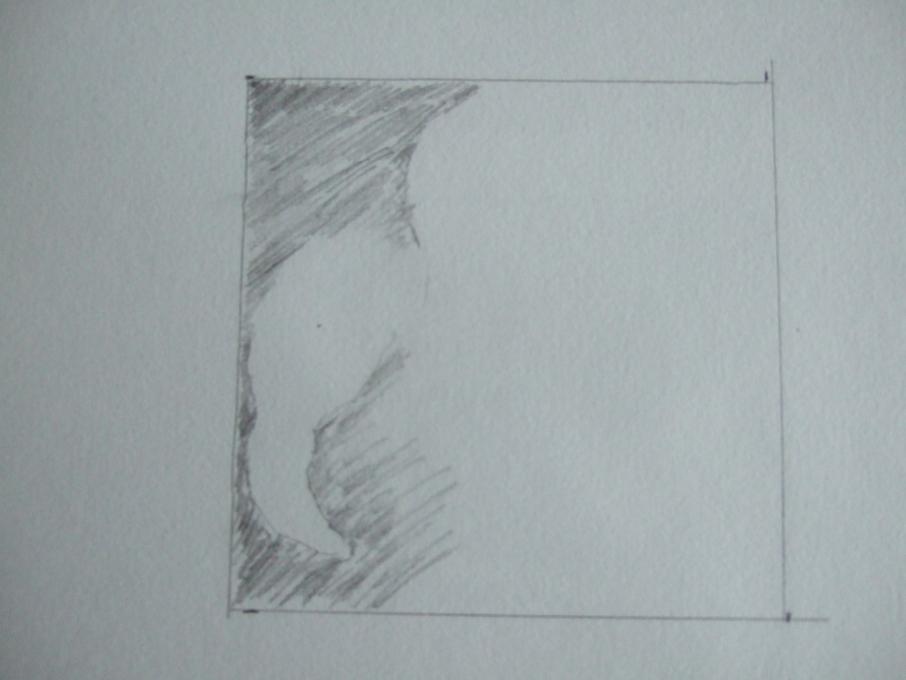
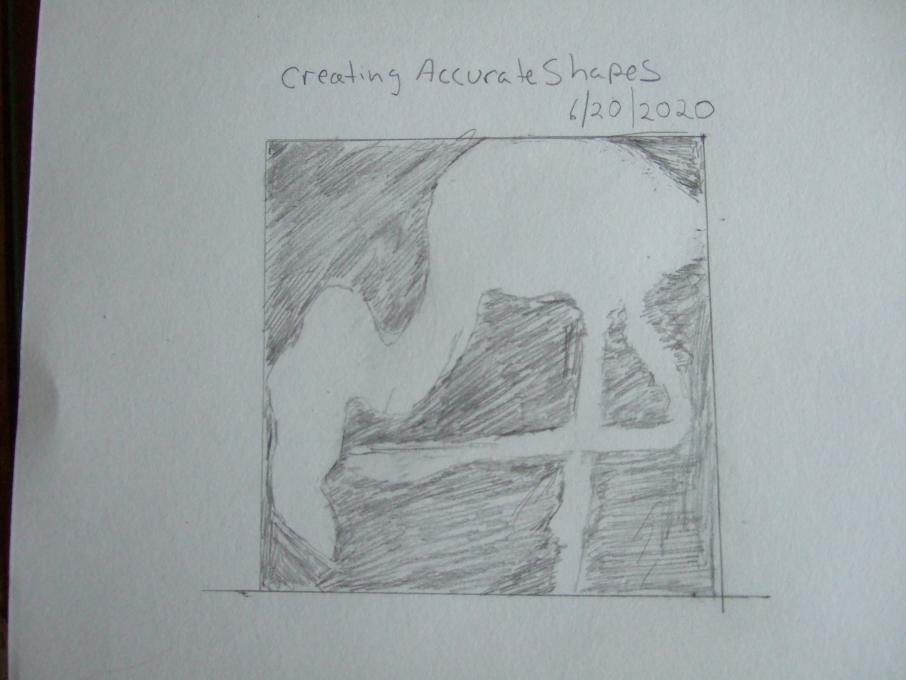 I started drawing one and it was way off and I decided instead of getting frustrated I decided to draw a second one which came out better.
I started drawing one and it was way off and I decided instead of getting frustrated I decided to draw a second one which came out better.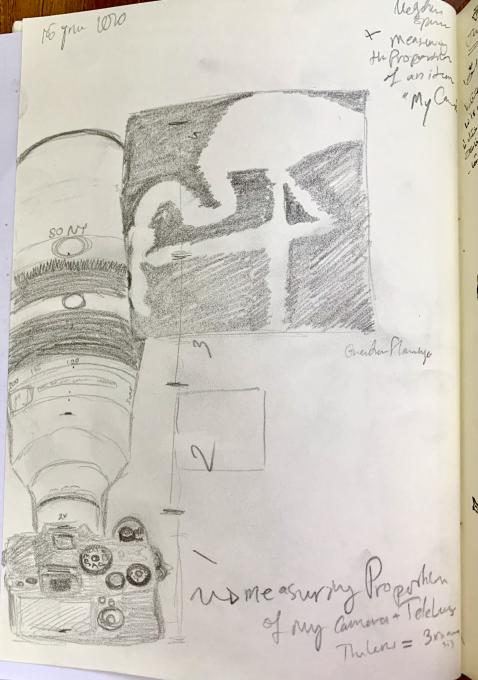
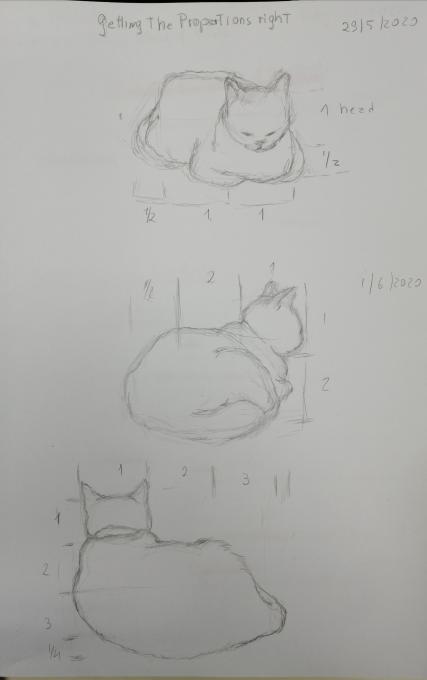
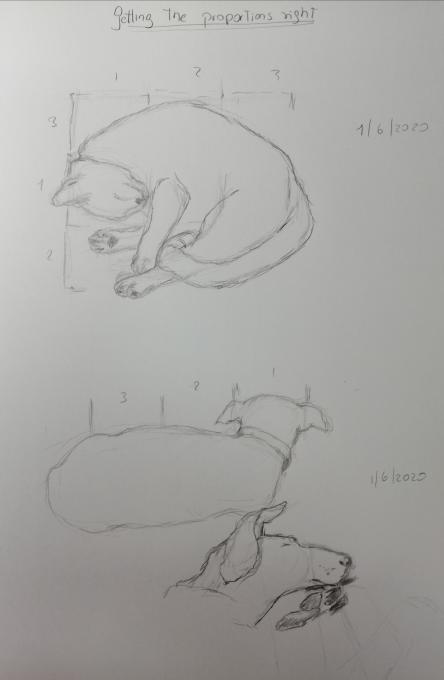
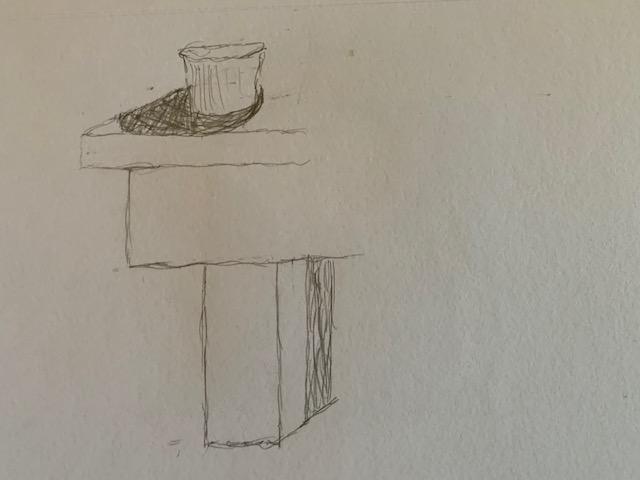
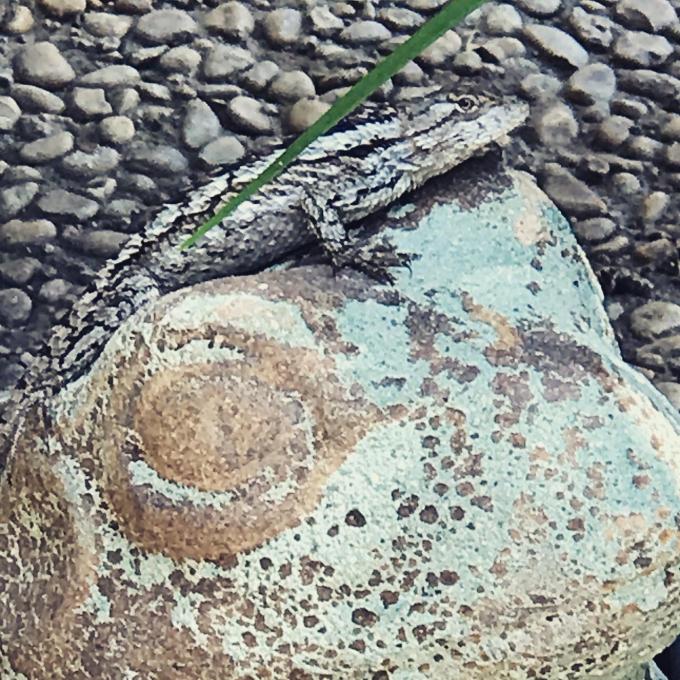
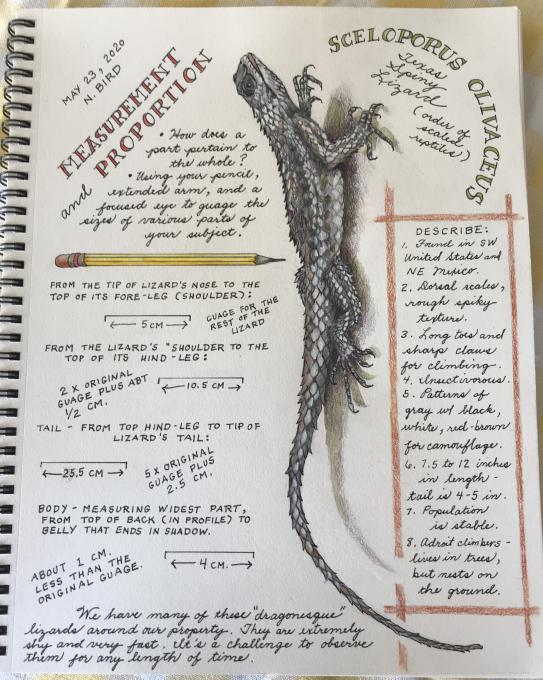
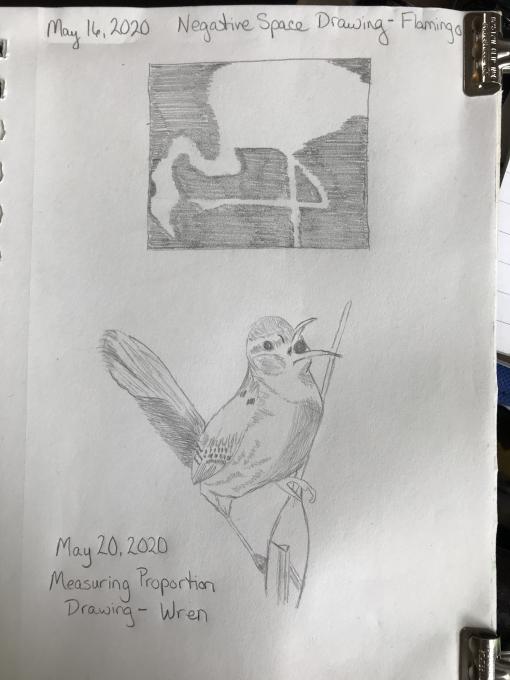 I definitely like using my writing utensil as a measuring tool while drawing to help with proportion & accuracy. I had forgotten about using that & negative space in finding the correct proportion & accuracy in my drawings. Also I have a 6 inch ruler too. Yes, I have found that proportion is easier on landscapes, animals that aren’t moving quickly, and a single animal (than a group of animals), & some simple plants. I have noticed that my proportion was badly off which was leading to not be accurate with my drawings. Big improvement.
I definitely like using my writing utensil as a measuring tool while drawing to help with proportion & accuracy. I had forgotten about using that & negative space in finding the correct proportion & accuracy in my drawings. Also I have a 6 inch ruler too. Yes, I have found that proportion is easier on landscapes, animals that aren’t moving quickly, and a single animal (than a group of animals), & some simple plants. I have noticed that my proportion was badly off which was leading to not be accurate with my drawings. Big improvement.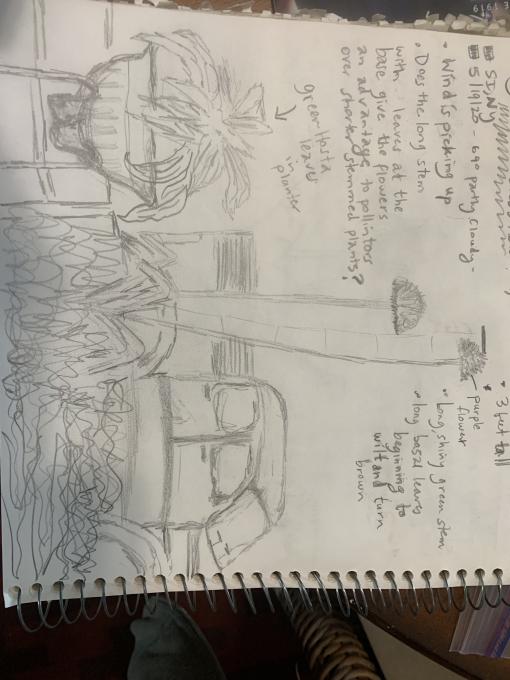
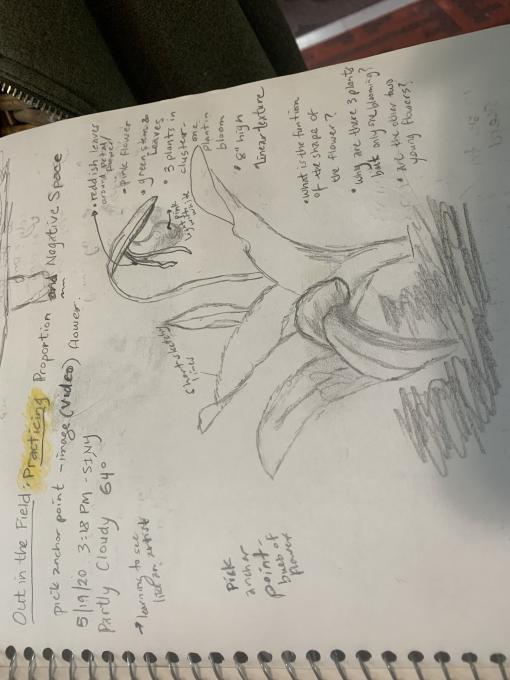
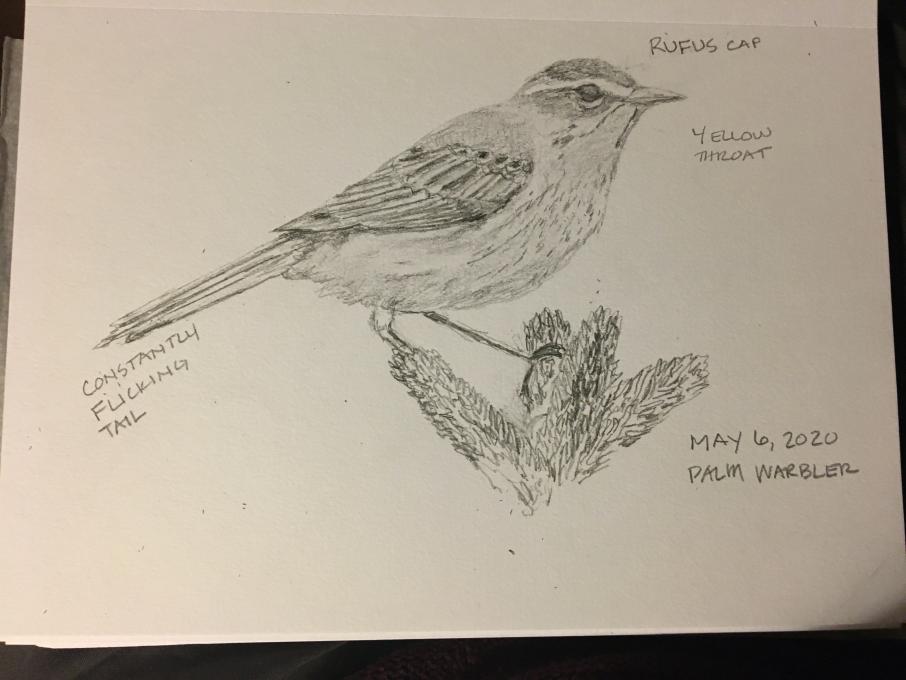
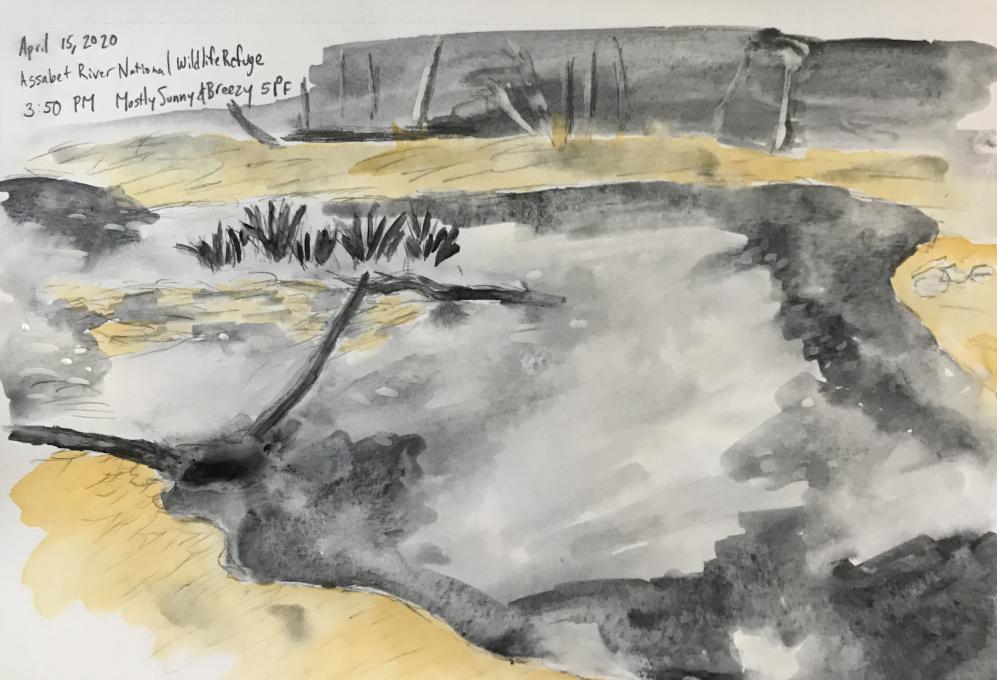
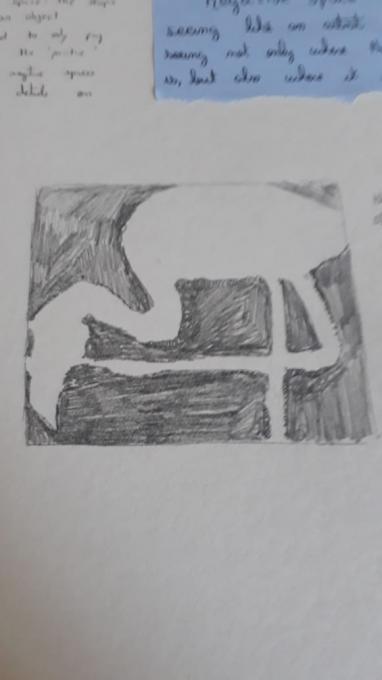
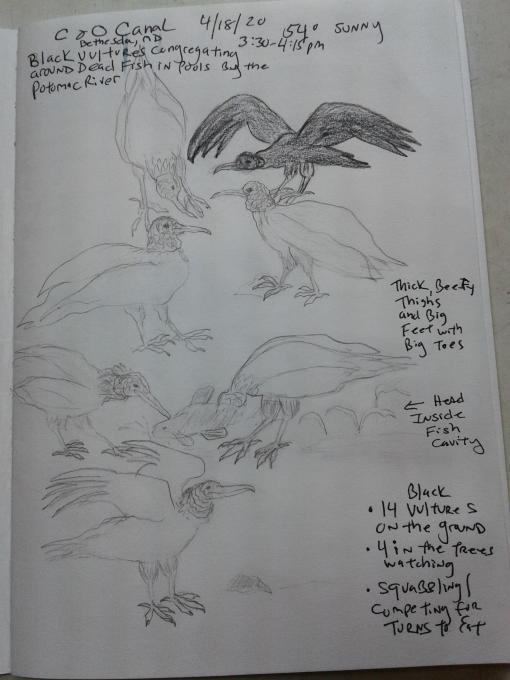
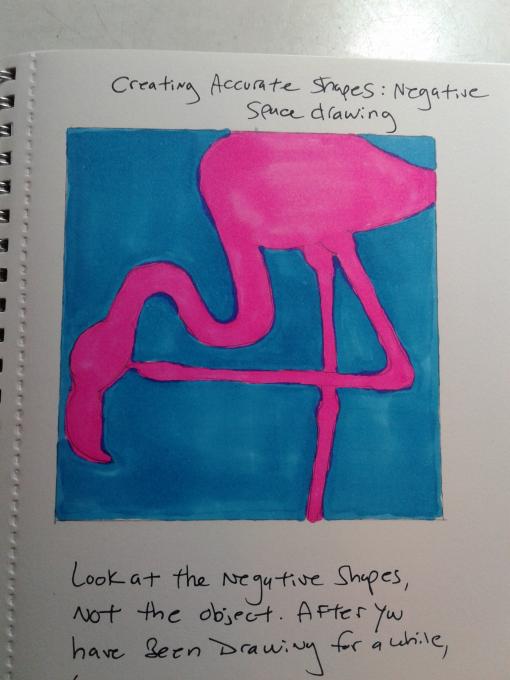 drawing to jazz it up.
drawing to jazz it up. 